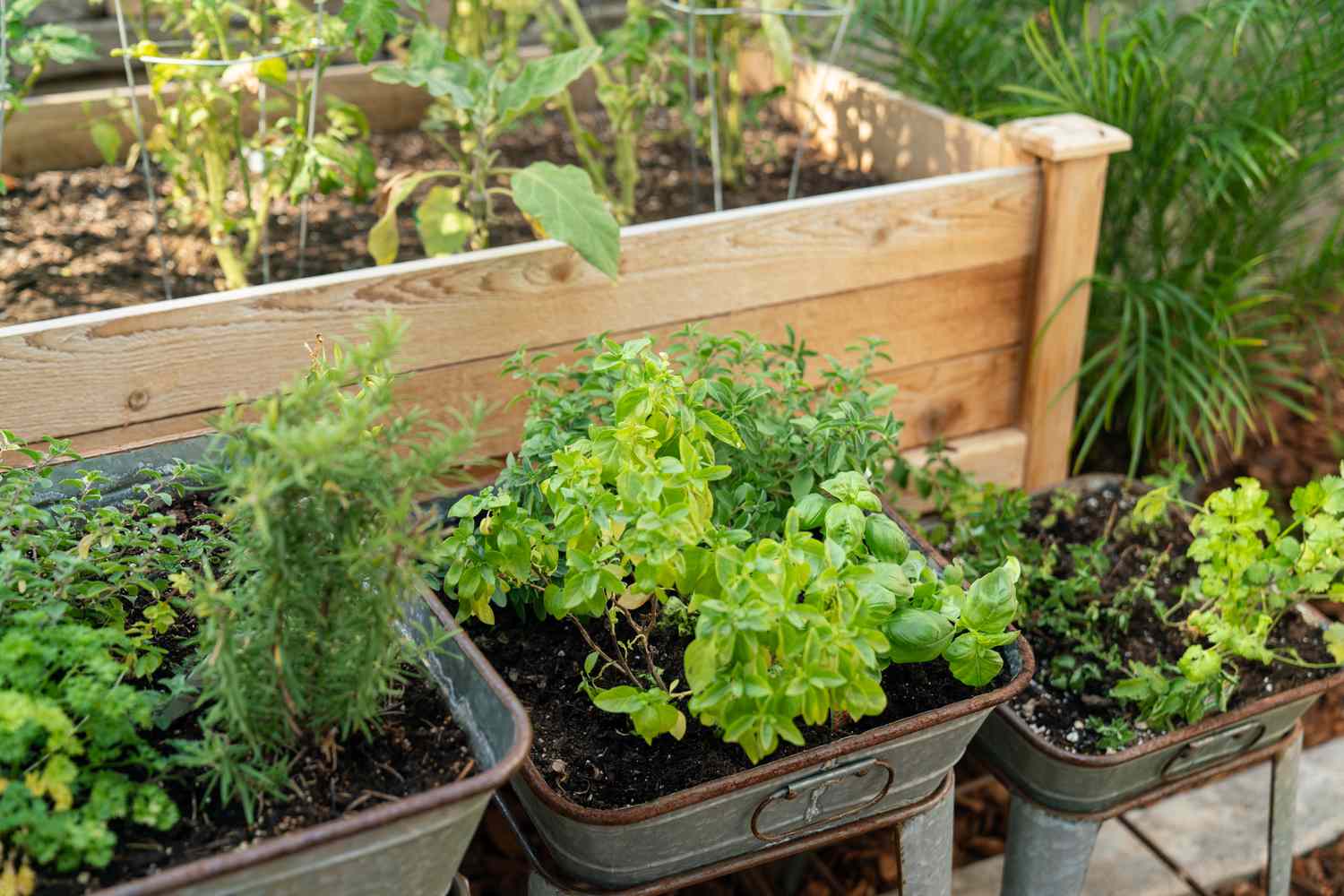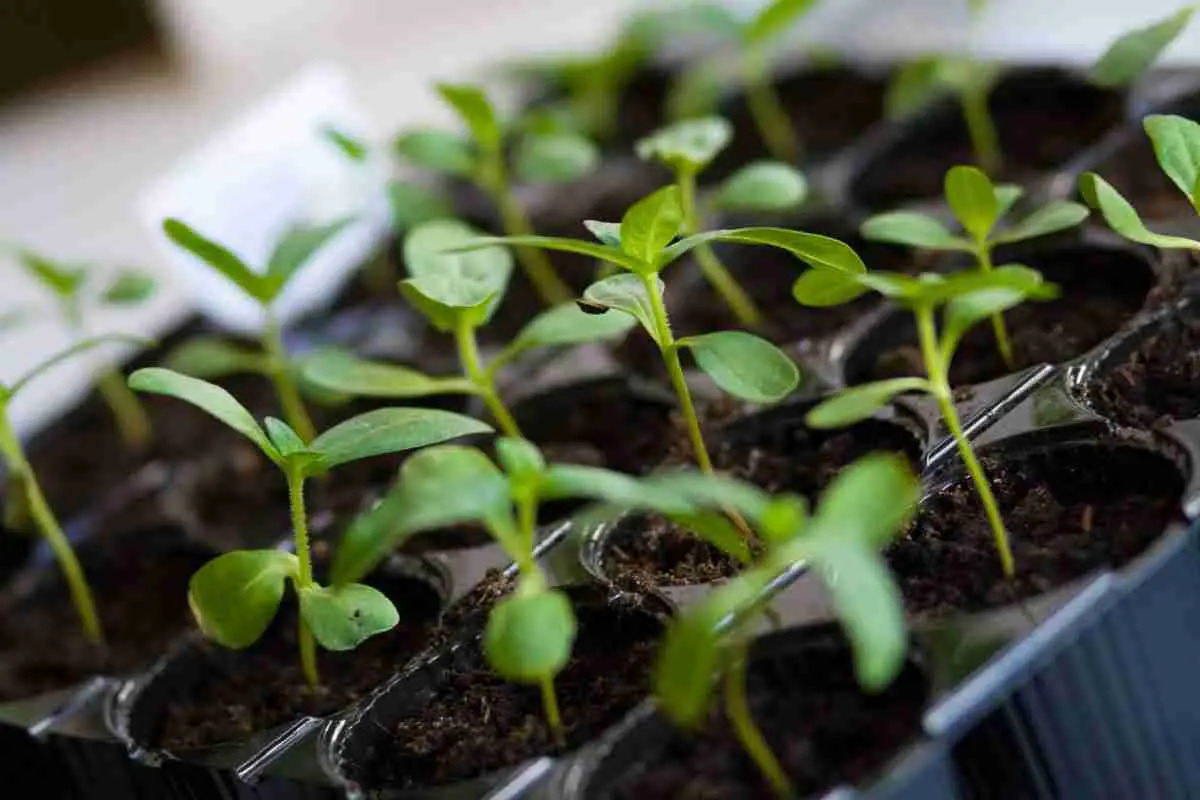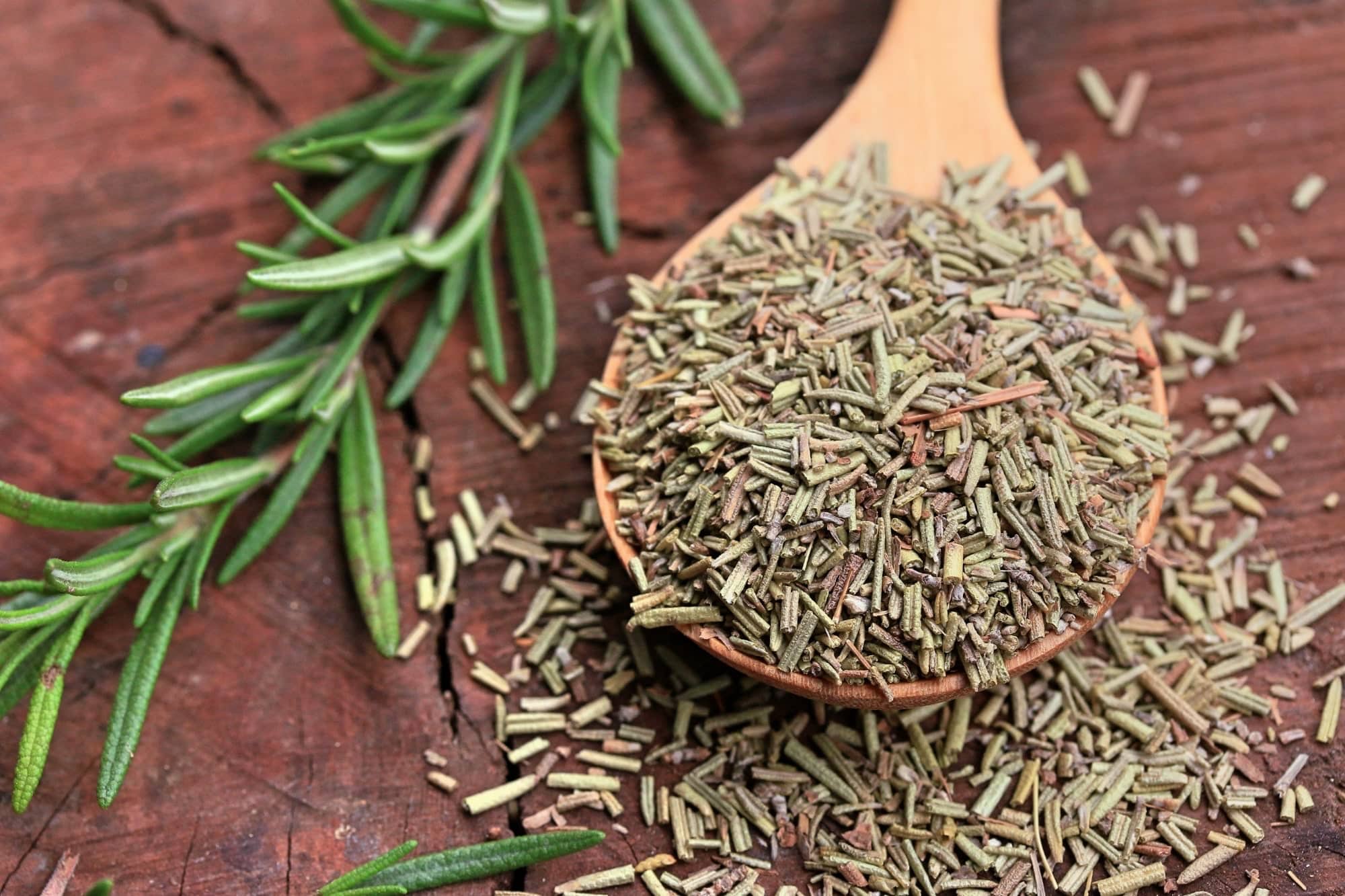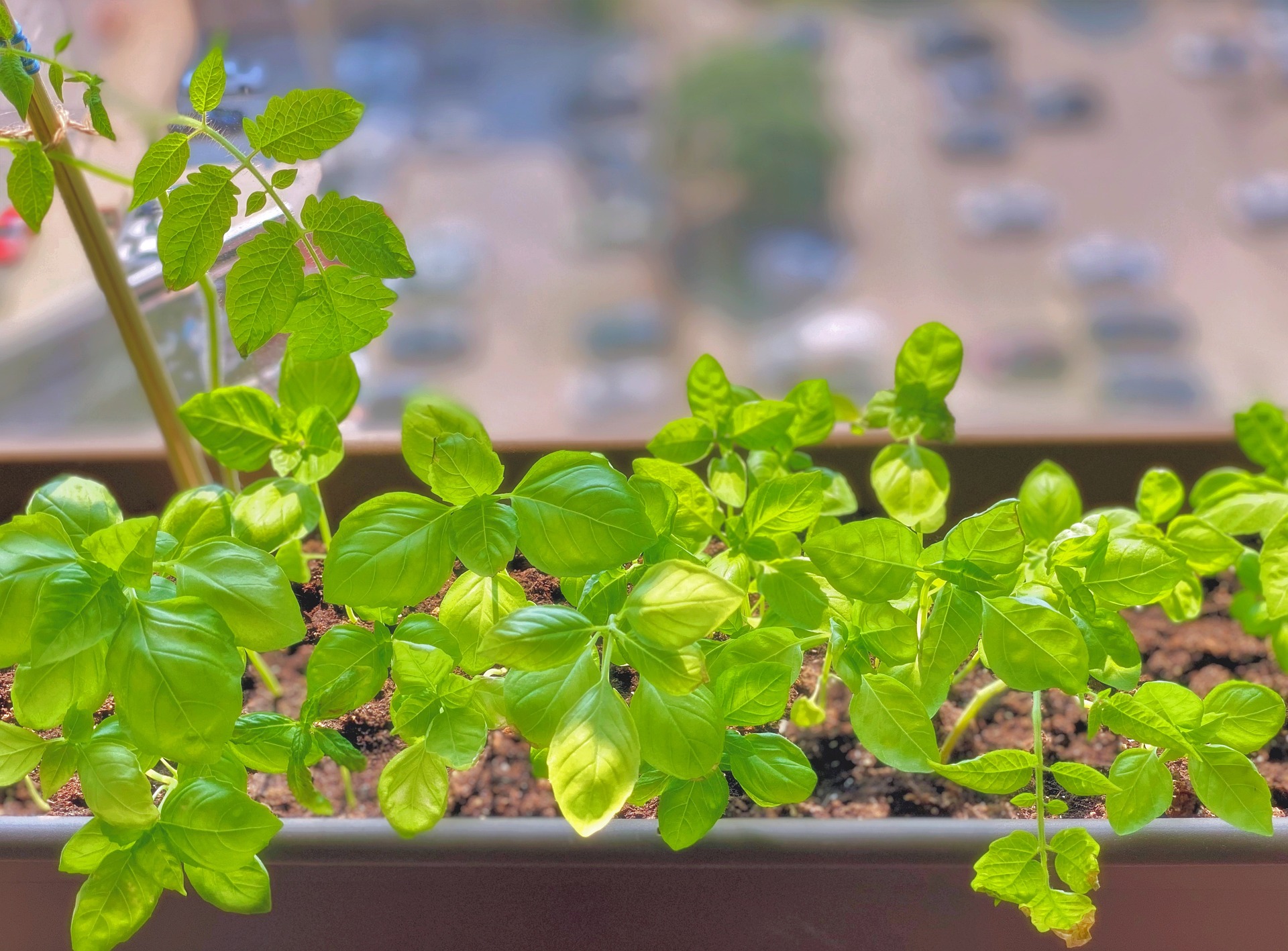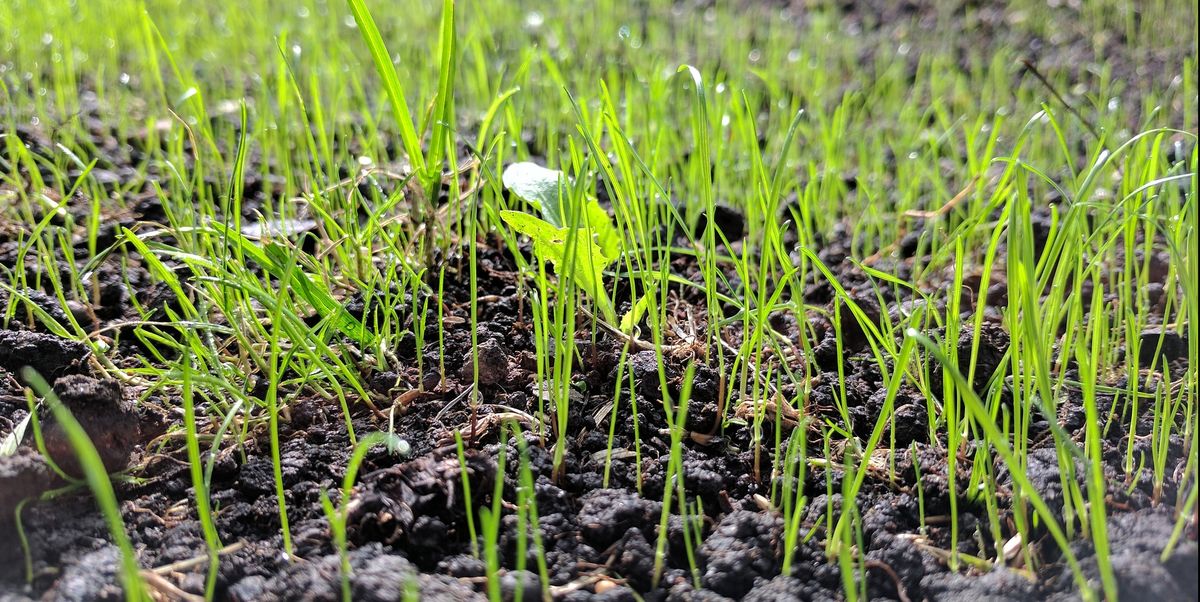Home>Gardening Techniques>DIY Projects>How Much Sun Does Rosemary Need
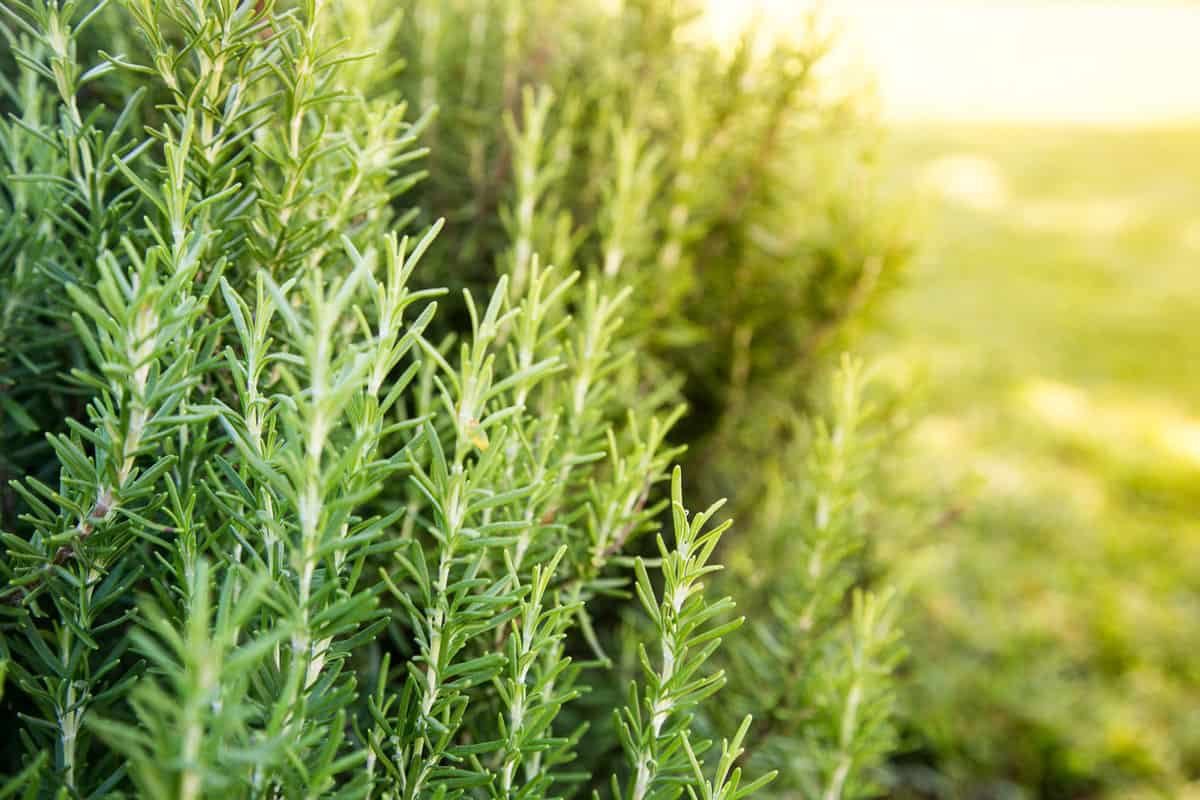

DIY Projects
How Much Sun Does Rosemary Need
Published: January 27, 2024
Discover how much sun rosemary needs for your DIY projects. Learn essential tips for growing healthy rosemary in your garden.
(Many of the links in this article redirect to a specific reviewed product. Your purchase of these products through affiliate links helps to generate commission for Chicagolandgardening.com, at no extra cost. Learn more)
Table of Contents
Introduction
Understanding Rosemary's Sunlight Needs
Rosemary is a versatile and aromatic herb that is commonly used in cooking, herbal remedies, and ornamental landscaping. Its fragrant needle-like leaves and delicate blue flowers make it a popular choice for both indoor and outdoor cultivation. However, to thrive and flourish, rosemary requires adequate sunlight. Understanding the sunlight needs of rosemary is crucial for ensuring its health and vitality.
Rosemary (Rosmarinus officinalis) is a Mediterranean plant that is accustomed to basking in the sun for the majority of the day. In its native habitat, it enjoys long hours of direct sunlight, warm temperatures, and well-drained soil. When grown in less sunny conditions, rosemary may struggle to thrive and may exhibit signs of distress, such as stunted growth, leggy stems, and decreased essential oil production.
As a dedicated gardener or herb enthusiast, it is essential to comprehend the specific sunlight requirements of rosemary to provide it with the optimal growing conditions. By delving into the factors that influence rosemary’s sunlight needs and learning how to identify signs of sunlight deficiency, you can cultivate robust and aromatic rosemary plants that will enrich your culinary creations and garden landscape.
Understanding Rosemary’s Sunlight Needs
Rosemary, a member of the mint family, thrives in bright sunlight. When cultivated in the appropriate light conditions, rosemary plants develop a compact, bushy form with an abundance of flavorful leaves. Inadequate sunlight can lead to leggy growth, reduced essential oil production, and an overall decline in plant health.
For outdoor cultivation, rosemary should ideally receive at least 6 to 8 hours of direct sunlight daily. In regions with scorching afternoon sun, providing some shade during the hottest part of the day can prevent leaf scorch and dehydration. When grown indoors, placing rosemary near a south-facing window or under grow lights for 10 to 12 hours per day can mimic the intensity of natural sunlight.
Rosemary’s sunlight requirements are influenced by its native habitat in the Mediterranean region, where it thrives in full sun and well-drained, rocky soil. The plant has adapted to withstand the intense sunlight and high temperatures of its natural environment, making it particularly sensitive to inadequate light exposure. When deprived of sufficient sunlight, rosemary may exhibit reduced vigor, diminished aroma, and a weakened ability to resist pests and diseases.
Understanding the sunlight needs of rosemary is crucial for ensuring the plant’s overall well-being. By providing the appropriate amount of sunlight, whether through outdoor placement, indoor lighting, or supplemental shading, gardeners can promote the robust growth and aromatic potency of their rosemary plants, enhancing their culinary and ornamental value.
Factors Affecting Rosemary’s Sunlight Requirements
Several factors influence the sunlight requirements of rosemary, impacting its growth, aroma, and overall vitality. Understanding these factors is essential for providing optimal growing conditions and ensuring the well-being of your rosemary plants.
1. Geographic Location
The geographic location plays a significant role in determining the amount and intensity of sunlight available to rosemary. Regions with abundant sunshine and a Mediterranean-like climate provide the ideal natural environment for robust rosemary growth. In contrast, areas with limited sunlight, such as those with frequent cloud cover or long periods of shade, may pose challenges for cultivating thriving rosemary plants.
2. Seasonal Variations
Seasonal changes affect the availability of sunlight, impacting the growth and development of rosemary. During the longer days of spring and summer, rosemary receives more sunlight, promoting vigorous growth and abundant foliage. In contrast, the shorter days of fall and winter may result in reduced sunlight exposure, potentially leading to slower growth and diminished aromatic qualities.
3. Sunlight Intensity
The intensity of sunlight directly influences the photosynthetic activity and overall health of rosemary. In regions with intense, unobstructed sunlight, rosemary plants may require periodic shading to prevent leaf scorch and dehydration. Conversely, areas with lower light intensity may necessitate supplementary lighting for indoor cultivation to meet the plant’s sunlight needs.
4. Environmental Conditions
Environmental factors, such as air temperature, humidity levels, and air circulation, can impact the way rosemary responds to sunlight. High temperatures combined with intense sunlight may increase water loss through transpiration, requiring adequate soil moisture and, at times, partial shading to prevent stress and dehydration in the plants.
By considering these factors and their influence on rosemary’s sunlight requirements, gardeners can make informed decisions regarding the placement, care, and maintenance of their rosemary plants, ensuring that they receive the optimal amount of sunlight for robust growth and aromatic potency.
How to Provide Adequate Sunlight for Rosemary
Ensuring that rosemary receives adequate sunlight is essential for fostering its robust growth and aromatic potency. Whether grown outdoors or indoors, providing the right amount of sunlight is crucial for the plant’s overall well-being. Here are several strategies to help you meet the sunlight needs of your rosemary:
1. Outdoor Placement
When cultivating rosemary outdoors, select a location that receives at least 6 to 8 hours of direct sunlight daily. Choose a spot with well-drained soil and good air circulation to promote healthy growth. In regions with scorching afternoon sun, consider providing some shade during the hottest part of the day to prevent leaf scorch and dehydration.
2. Indoor Lighting
For indoor cultivation, place rosemary near a south-facing window to maximize sunlight exposure. If natural light is limited, supplement with grow lights to ensure the plant receives 10 to 12 hours of light daily. Position the grow lights approximately 6 to 12 inches above the plant to simulate the intensity of natural sunlight and promote robust growth.
3. Seasonal Adjustments
During the winter months, when daylight hours are shorter, consider using a timer to provide additional hours of artificial light to compensate for reduced sunlight exposure. This can help maintain the plant’s growth and vitality during periods of decreased natural sunlight.
4. Shading and Protection
In regions with intense sunlight, monitor the plant for signs of leaf scorch and provide temporary shading during peak sun hours, especially in the hottest summer months. This can be achieved by using shade cloth or relocating potted rosemary to a partially shaded area to prevent sun damage while still allowing for adequate light exposure.
5. Regular Monitoring
Regularly monitor the sunlight exposure received by your rosemary plants, especially when grown indoors or in areas with variable light conditions. Adjust the plant’s placement or supplemental lighting as needed to ensure consistent and adequate sunlight for healthy growth.
By implementing these strategies, you can provide your rosemary plants with the optimal amount of sunlight, promoting robust growth, abundant foliage, and the aromatic qualities that make rosemary a beloved herb in culinary and ornamental settings.
Signs of Sunlight Deficiency in Rosemary
Identifying signs of sunlight deficiency in rosemary is crucial for addressing potential issues and ensuring the plant’s health and vitality. When rosemary does not receive adequate sunlight, it may exhibit several visible and physiological indicators of light stress and deprivation. By recognizing these signs, gardeners can take proactive measures to rectify the situation and provide the necessary light conditions for their rosemary plants.
1. Leggy Growth
Insufficient sunlight can lead to leggy growth in rosemary, characterized by elongated, spindly stems with widely spaced leaves. This weakened, stretched growth is a common response to low light levels as the plant reaches for available sunlight, resulting in a less compact and bushy form.
2. Reduced Aroma
Rosemary’s aromatic qualities are closely tied to its exposure to sunlight. When deprived of adequate light, the plant may produce fewer essential oils, resulting in a diminished aroma and flavor. This can impact the culinary appeal and therapeutic properties of the herb.
3. Pale or Yellowing Foliage
Inadequate sunlight can cause the foliage of rosemary to appear pale or yellowish, signaling a potential nutrient imbalance and reduced chlorophyll production. This discoloration is a visual cue that the plant is not receiving the light it needs for robust photosynthesis and overall vitality.
4. Stunted Growth
Rosemary plants experiencing sunlight deficiency may exhibit stunted growth, with slower development of new foliage and limited expansion. This can result in a less vigorous and resilient plant that struggles to reach its full potential in terms of size and aromatic potency.
5. Susceptibility to Pests and Diseases
When rosemary is not receiving adequate sunlight, it may become more susceptible to pest infestations and diseases. Weakened by light stress, the plant’s natural defenses may be compromised, making it more prone to issues such as spider mites, powdery mildew, and root rot.
By remaining vigilant for these signs of sunlight deficiency, gardeners can take proactive steps to adjust the plant’s light exposure, whether through outdoor placement, indoor lighting, or protective shading. Addressing sunlight deficiency can help rejuvenate the plant, promoting robust growth, vibrant foliage, and the aromatic qualities that make rosemary a cherished addition to gardens and kitchens.
Conclusion
Understanding and addressing the sunlight needs of rosemary is fundamental to cultivating thriving and aromatic plants. By recognizing the factors that influence rosemary’s sunlight requirements, such as geographic location, seasonal variations, sunlight intensity, and environmental conditions, gardeners can make informed decisions to provide optimal growing conditions.
Whether growing rosemary outdoors or indoors, it is essential to ensure that the plant receives at least 6 to 8 hours of direct sunlight daily, mimicking its native Mediterranean environment. For indoor cultivation, utilizing south-facing windows and supplementary grow lights can help meet the plant’s sunlight needs, especially during the shorter days of fall and winter.
Recognizing signs of sunlight deficiency in rosemary, such as leggy growth, reduced aroma, pale foliage, stunted growth, and increased susceptibility to pests and diseases, empowers gardeners to take proactive measures to address light stress and rejuvenate their plants.
By implementing strategies to provide adequate sunlight, such as outdoor placement, indoor lighting, seasonal adjustments, shading, and regular monitoring, gardeners can promote robust growth, abundant foliage, and the aromatic qualities that make rosemary a cherished herb in culinary and ornamental settings.
Ultimately, by prioritizing the sunlight needs of rosemary and responding to signs of light stress, gardeners can cultivate healthy, vibrant, and aromatic rosemary plants that enrich their culinary creations, herbal remedies, and garden landscapes. Embracing the art and science of meeting rosemary’s sunlight requirements ensures that this beloved herb thrives and flourishes, delighting gardeners and enthusiasts with its fragrant and flavorful presence.
